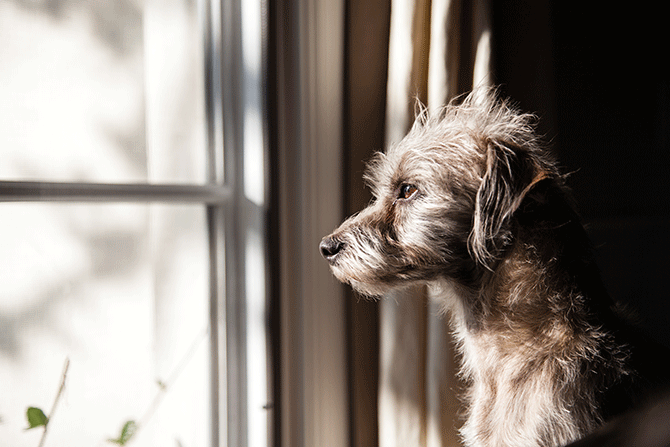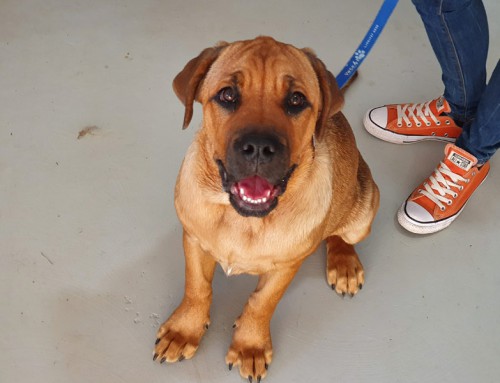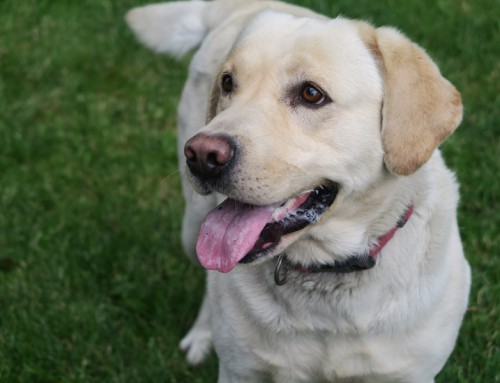It’s heartbreaking, isn’t it? When you’re ready to head off for a day at work or school, and your furry friend starts whining and barking, seemingly pleading with you not to leave. It’s tough to concentrate throughout the day knowing that your pet is at home feeling lonely and hurt, missing his pack. If you’re lucky, when you get home the only mess to clean up will be urine. If you’re unlikely, there could be a whole host of problems that are a result of your dog’s separation anxiety.
Anxious dogs can be destructive to furniture and other valuables. They can also try to escape from their crates or homes, and end up injured as a result. Their barking and whining could also cause some annoyance to any neighbours living in close proximity. If your dog is showing signs of separation anxiety it’s crucial to deal with the problem right away before it becomes an ingrained habit.
Causes of separation anxiety
There are many factors that can cause separation anxiety in dogs. Sometimes it can be triggered by a move to a new home, a change in routine, or the loss of someone in the household who moved or passed away. If your dog isn’t confident that you’ll return, he can become agitated and stressed, causing the destructive behaviours mentioned earlier.
Us owners may inadvertently be the cause of that stress. When dogs are still puppies, we have a tendency to give them sympathy when they whine or bark, thereby rewarding them for being upset when there is no real reason to be. This teaches the dog that their wants will be met if they whine. If we make parting and every reunion a big deal, complete with baby-talk, extra scratches, and kisses on the nose, then our dogs will begin to think that you leaving is a major occurrence. They think that you’re off somewhere being stressed and missing them as well, which stresses them out even further. Remember, our dogs look to us to lead, and they want us to happy.
Train yourself
Fortunately, there’s a lot we can do to help our dogs get through their fears and anxieties. First, stop making a big fuss every time you leave and come back. If your dog comes running up to you when you walk in the door, excited and panting, try to ignore him until he calms down. Only then should you show attention and give scratches and kisses. If you show the dog attention while they’re excited, you’ll only be rewarding that behaviour.
If you act like coming and going is no big deal, then eventually your dog will also come to realise that it’s nothing to worry about. They’ll also figure out that they aren’t getting rewarded for that excited behaviour. If you feel like you really must say goodbye, then do so well before you leave so that they’re calmer by the time you head out the door. You can also try leaving for short periods at a time, showing the dog that you always return. Eventually, your dog will be used to you coming and going. You need to train yourself to be a better, more confident leader if your dog isn’t sensing those things from you.
Crates
Crate training is a great way to help a dog deal with many behaviours, including separation anxiety. It might seem cruel, but dogs are natural burrowers, so staying in a small space is instinct for them. If your dog doesn’t like his crate, then it’s because it was presented to him in a way that didn’t make it feel like a home. A crate should be an inviting and comfortable spot that the dog can call his own. If your dog feels safe in his crate then he will be less likely to act out while you’re away. Even if your dog still acts out, the crate can also keep him safe from harming himself.
Exercise
A tired dog is a good dog. Try and give your dog a real good workout before you leave the house. Sometimes behaviour that looks like separation anxiety isn’t that at all; sometimes a dog is just bored and acting out based on that. Having a nice long walk in the morning before heading out to work is a great way to tucker your dog out and have them nice and relaxed for the day to come. They can then rest all day and be ready to play and spend more time with you in the evening.
Treats
Another way to lessen separation anxiety in dogs is to create an association between you leaving and your dog receiving things that he likes. In many cases this can take the form of food or a chew toy. Every time you put your dog in his crate before you leave, give them a Kong toy to work on. They’ll spend the time immediately after your departure trying to get at the yummy treat inside, and completely forget that you’ve gone! They may even start getting excited when you leave, knowing that there’ll be something tasty to snack on soon.
Separation anxiety can cause you plenty of headaches, sadness, and frustration, but it’s probably even worse for your dog. These tips will help you and your dog get through a difficult period and build up your dog’s confidence in being home alone without his leader.







Leave A Comment